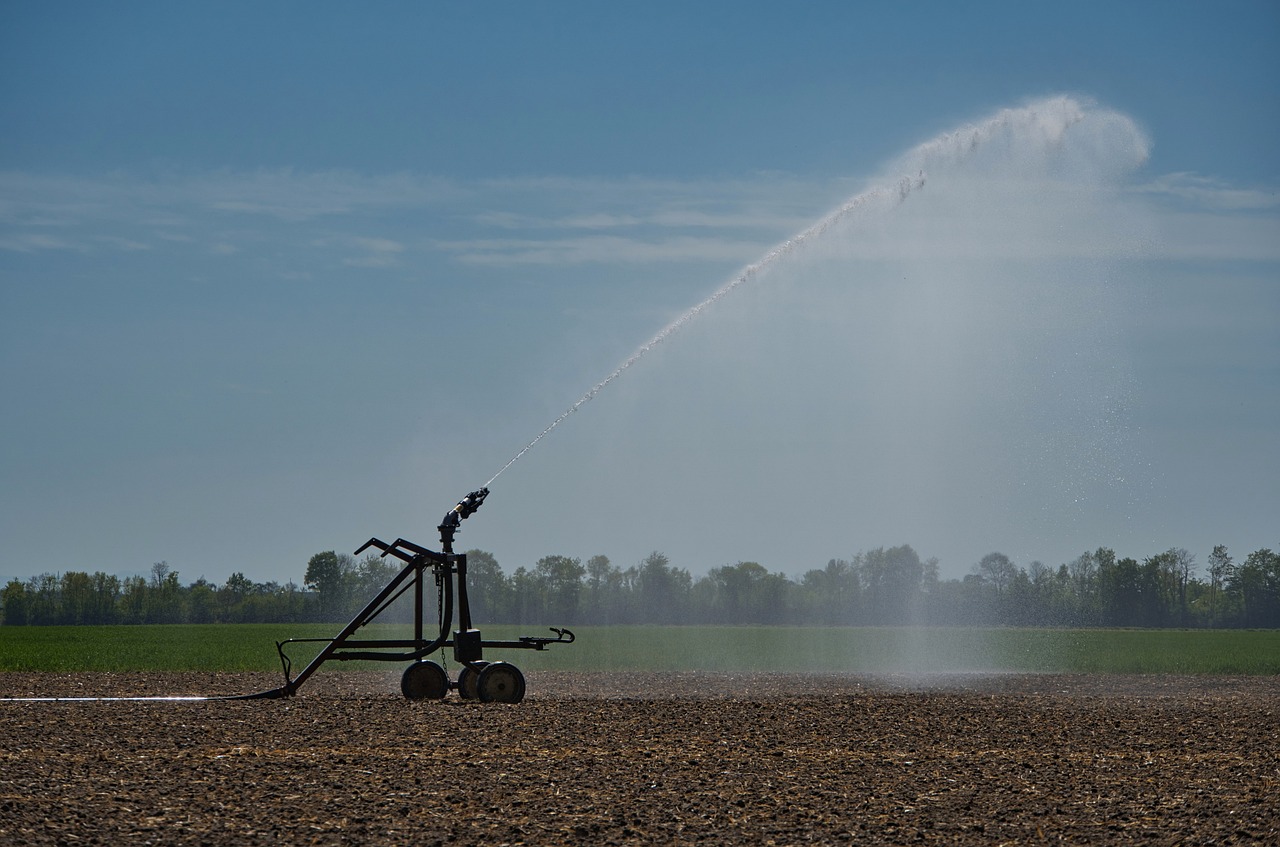This post may contain affiliate links which means I may receive a commission for purchases made through links. Learn more on my Private Policy page.
Are you looking to save water and money by upgrading to a more water-efficient irrigation system? In this article, we will explore the key considerations you need to keep in mind when making the switch. From choosing the right system for your specific needs to understanding the potential cost savings and environmental benefits, we will provide you with all the information you need to make an informed decision. Don’t miss out on the opportunity to upgrade your irrigation system and make a positive impact on both your wallet and the environment.
Have you been considering upgrading to a more water-efficient irrigation system for your landscaping needs?
Making the switch to a water-efficient irrigation system can have a positive impact on both the environment and your wallet. Not only will you be conserving water, but you may also see a decrease in your water bills over time. In this article, we will discuss key considerations to keep in mind when upgrading to a more water-efficient irrigation system. Let’s dive in!

Assess Your Current Irrigation System
The first step in upgrading to a more water-efficient irrigation system is to assess your current setup. Take note of the type of system you currently have in place, including the irrigation methods, sprinkler heads, and controllers. This will help you identify areas where improvements can be made to increase water efficiency.
Take a walk around your property and look for any leaks, broken sprinkler heads, or areas that may be receiving too much or too little water. Understanding how your current system is functioning will help you make informed decisions when upgrading.
Determine Your Watering Needs
Before making any upgrades to your irrigation system, it’s essential to determine your watering needs. Consider factors such as the type of plants in your landscaping, the soil type, and the slope of your property. Different plants have varying water requirements, so it’s crucial to tailor your irrigation system to meet these needs.
Additionally, take into account the local climate and weather patterns. Installing a system with smart irrigation technology that adjusts watering schedules based on weather conditions can help optimize water usage and prevent overwatering.
Choose the Right Irrigation System
When upgrading to a water-efficient irrigation system, you have several options to choose from. Here are some common types of water-efficient irrigation systems:
Drip Irrigation
Drip irrigation delivers water directly to the roots of plants, minimizing water waste through evaporation or runoff. This system is ideal for established plants, shrubs, and trees, as well as areas with dense or rocky soil.
Smart Irrigation Controllers
Smart irrigation controllers use weather data, soil moisture sensors, and plant water requirements to adjust watering schedules automatically. These controllers can help reduce water waste by preventing overwatering and can be controlled remotely through a smartphone app.
Weather-Based Irrigation
Weather-based irrigation systems use local weather data to adjust watering schedules based on environmental conditions. By taking into account factors such as temperature, humidity, and rainfall, these systems can optimize water usage and prevent unnecessary watering.
Rotary Nozzle Sprinklers
Rotary nozzle sprinklers distribute water more evenly and efficiently than traditional spray heads, reducing water waste and runoff. These sprinklers are ideal for large turf areas and can help save water while maintaining a healthy landscape.
Choosing the right irrigation system will depend on factors such as your landscaping needs, budget, and water conservation goals. Consulting with a professional irrigation specialist can help you determine the best system for your property.
Consider Water-Saving Features
When upgrading to a more water-efficient irrigation system, consider incorporating water-saving features to maximize efficiency. Here are some features to look out for:
Soil Moisture Sensors
Soil moisture sensors measure the moisture level in the soil and signal the irrigation system to water only when necessary. By preventing overwatering, these sensors can help conserve water and promote healthier plant growth.
Rain Sensors
Rain sensors detect rainfall and automatically shut off the irrigation system to prevent watering when it’s unnecessary. This feature can help save water and prevent waterlogged soil, especially during rainy seasons.
Pressure Regulators
Pressure regulators maintain consistent water pressure throughout the irrigation system, reducing water waste and ensuring even distribution of water. By preventing high-pressure surges, these regulators can help improve the efficiency of your irrigation system.
By incorporating these water-saving features into your irrigation system, you can reduce water waste, save money on utility bills, and promote a more sustainable landscape.

Plan for Proper Maintenance
Once you have upgraded to a more water-efficient irrigation system, it’s essential to plan for proper maintenance to keep it functioning optimally. Regular maintenance tasks may include:
- Checking for leaks or broken components
- Cleaning or adjusting sprinkler heads
- Calibrating irrigation controllers
- Inspecting soil moisture sensors
- Monitoring water usage and adjusting schedules as needed
By staying proactive with maintenance, you can ensure that your water-efficient irrigation system continues to perform efficiently and effectively. Consider scheduling routine inspections with a professional irrigation technician to address any issues and keep your system running smoothly.
Conclusion
Upgrading to a more water-efficient irrigation system is a smart investment that can benefit both your landscape and the environment. By assessing your current system, determining your watering needs, choosing the right irrigation system, incorporating water-saving features, and planning for proper maintenance, you can create a more sustainable and efficient irrigation system for your property.
Remember that every property is unique, so it’s essential to tailor your irrigation system to meet your specific needs and goals. By making informed decisions and prioritizing water efficiency, you can enjoy a beautiful landscape while conserving water and reducing your environmental footprint.Upgrade to a more water-efficient irrigation system today and reap the benefits for years to come.
This post may contain affiliate links which means I may receive a commission for purchases made through links. Learn more on my Private Policy page.
